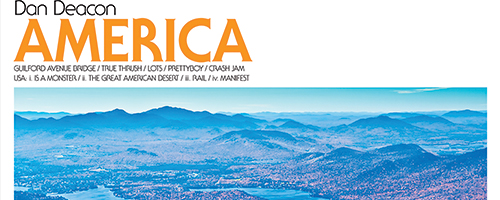Portland State archaeologists are working at Fort Vancouver and its surrounding sites in an effort to better understand the cross-cultural relationships formed there in the past.
Professors investigate Ft. Vancouver site
Portland State archaeologists are working at Fort Vancouver and its surrounding sites in an effort to better understand the cross-cultural relationships formed there in the past.
Fort Vancouver was not only a center for trading; the village (the lodging area located outside the stockade of Fort Vancouver) was home to a “multi-ethnic population that was the center of culture contact,” according to Doug Wilson, regional archaeologist for the National Park Service and an adjunct associate professor of anthropology at PSU.
Wilson has been an archaeologist for NPS since 2000. He is now “on partnership agreement” with PSU and runs a field school at Fort Vancouver and surrounding sites. Graduate students are able to have more applied, practical experiences with archaeology through this program, he said.
Professor Kenneth Ames, chair of the PSU Department of Anthropology, similarly described the population in and around the fort as one consisting of indigenous Chinook people, Euro-Americans, Iroquois and Hawaiians, among others.
Both Ames and Wilson said that Fort Vancouver was the largest establishment between Yerba Buena in San Francisco and Sitka, Alaska, and at its height in the early 1800s hosted a population of 600 to 1000 people.
Ames has worked at sites surrounding Fort Vancouver since 1991 and has spent a good deal of time at the Ridgefield National Wildlife Reserve, 15 miles downstream of the fort. There, he worked to find and excavate the remains of a Chinook Indian village called Cathlapotle.
Ames has also worked at a site called Meier. Both are near the Ridgefield National Wildlife Reserve, across the river from Scappoose.
Cathlapotle, Meier and similar villages that Ames has excavated and analyzed are representative of recent and significant archaeological discoveries, he said. Ames has discovered that the native homes there had cellars, likely for the use of food storage.
“They are the only [Native American] cellars documented in North America,” Ames said. “And these people are supposed to be hunter-gatherers.”
Ames described the cellars as being larger than those of Knossos, a bronze-age palace on the Mediterranean island of Crete that is known for its storerooms.
Certain animal remains also constitute a significant discovery, according to Ames.
“The sites are full of the remains of animals that the people harvested,” he said.
One such is a species of elk hunted by the Chinook. However, the remains indicate that this subspecies is some 30 percent larger than elk seen today, according to Ames.
These elk hides would have been valuable for the Chinook, he said. Many were scraped, tanned and used as protective armor. In Ames’ estimation, two layers of these elk hides would be thick enough to stop a musket-ball.
The hides also appear to have been a considerable source of wealth for the indigenous people near Fort Vancouver. They were traded for items such as beads, copper, pottery and muskets.
“We’ve got thousands of objects,” Ames said.
Wilson was the director of an archaeological dig at Station Camp, a native village located on the banks of the Columbia River rich with these objects. The Chinook called it “Middle Village.”
Wilson said that the considerable count of these “wealth items” at the site specifically indicated the prosperity of the Chinook. Due largely in part to this, he believes that a powerful Chinook chief named Concomly lived in the area and controlled much of the fur commerce in the Northwest.
Elemental testing is currently being done, with the use of soil samples, to better understand how the people at these sites lived and coexisted by assessing what foods they ate and what materials they used.
Tami Lasseter Clare, associate professor of chemistry at PSU, is performing these tests. The samples given to her represent soil from a dirt floor, a refuse disposal and an area next to a hearth.
“I do it with cultural collections…[but] this is a first,” she said, referring to her work with the archaeology department.
Both Wilson and Clare are excited to see the outcome of the tests and the cooperation between departments. ?



